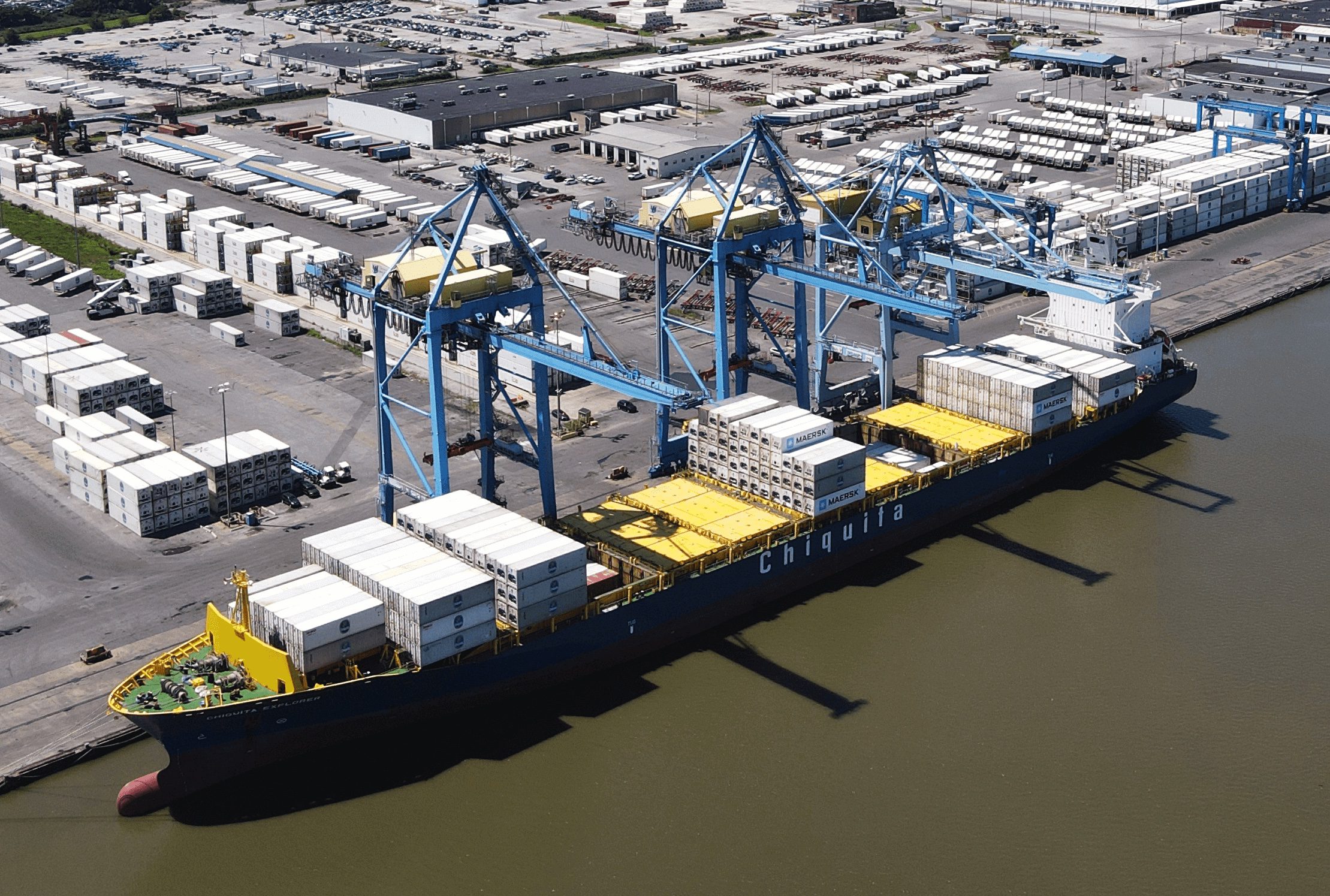By Mike Wackett (The Loadstar) –
Transpacific container spot rates were in the ascendancy this week as industrial action storm clouds gathered over US east coast ports.
Drewry’s WCI Asia-US east coast spot rate component inched up 1% on the week, to $8,811 per 40ft, which is 157% higher than a year ago.
But the ‘ship has already sailed’ for Asian exporters trying to get their goods through US east coast ports before a potential strike on 1 October; so it follows that spot rates on the route are, for the time being, somewhat academic.
Meanwhile, the WCI reading for Asia to the US west coast climbed 2%, to $6,401 per 40ft, representing a 186% increase on the same week of 2023.
With new contract talks between the International Longshoremen’s Association (ILA) and employers the United States Maritime Alliance (USMX) stymied, a strike, or other industrial action, in October seems increasingly likely.
This would put severe pressure on Asia-US west coast terminal capacity, with spot rates expected to surge on the tradelane, unless there is a breakthrough in the ILA/USMX contract negotiations.
Indeed, according to data from maritime and supply chain intelligence firm eeSea, for the east coast port of New York alone there are 146 vessels three weeks out from arrival that could be impacted by industrial action.
Moreover, for the transatlantic Europe to US east coast tradelane, shippers may have only a few weeks to comfortably ship and clear their goods before the they risk having cargo locked-in by industrial action.
Nevertheless, container spot rates from North Europe to the US east coast have, so far, shown minimal reaction to the strike risk and are hovering at around $2,000 per 40ft – but shippers should expect a big spike in rates next month if the contract negotiations remain unresolved.
Elsewhere it is a different story, particularly on the Asia-Europe route, where carriers are starting to come under pressure to fill their allocations following the early front-loaded peak season.
One large UK-based furniture importer told The Loadstar: “Rates are coming down every week. It seems the carriers have tested the market again and seen that shippers are simply not prepared to pay over the top.”
The WCI Asia-North Europe spot fell 4% on the week, to $7,429 per 40ft, which still represents a huge 340% hike on the same week of last year – so rates have a long way to fall.
And another UK-based importer, of bulk commodities, said he could “definitely see light at the end of the tunnel”, as his rates with a major carrier had come down significantly, but added that he was “still nervous about how strikes in the US could affect rates”.
Summing up the current liner market from a carrier perspective, a comment in OOCL parent Orient Overseas (International)’s H1 interim results report is particularly apt.
“The volatile nature of the market reminds us to remain cautious,” it said.
The Loadstar is known at the highest levels of logistics and supply chain management as one of the best sources of influential analysis and commentary.

 Join The Club
Join The Club










